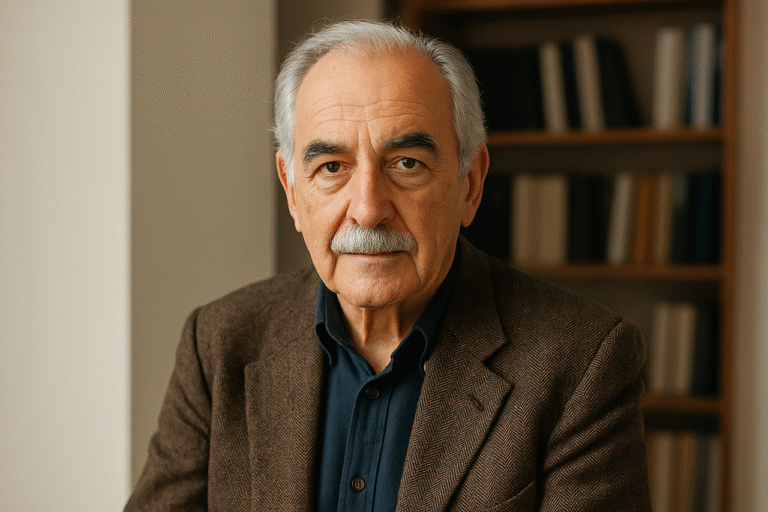
Kourosh Farzami is one of Iran’s contemporary architects who has made a profound impact on the architectural landscape through his unique perspective and vernacular approach. With a deep respect for local traditions, climate, and Iranian culture, Farzami has consistently worked to bridge the gap between the architecture of the past and the needs of the present.
Architectural Approach
Farzami’s style is a fusion of tradition and modernity. Rather than directly imitating Western modernist architecture, he incorporates local materials and traditional elements such as courtyards, wind catchers, and shading systems. His works reflect thoughtful climatic design, particularly suited for hot and arid regions of Iran.
Notable Works
Farzami has designed a wide range of projects, including cultural centers, educational buildings, and residential complexes. Many of these buildings stand out due to their sensitive response to geography and social context, blending form, texture, and light into poetic expressions of space.
Cultural Perspective
Farzami believes that architecture is not merely a visual art—it is a cultural language. In his writings and interviews, he emphasizes the importance of preserving Iranian identity in the face of rapid globalization. To him, architecture should narrate the history, values, and identity of its people.
Conclusion
Kourosh Farzami is considered a pioneer of vernacular architecture in Iran. His efforts to revive and reinterpret traditional architectural values within contemporary forms have shaped a powerful discourse on identity in Iranian architecture. His thoughtful and creative vision continues to inspire a new generation of architects throughout the country.


No comments yet.